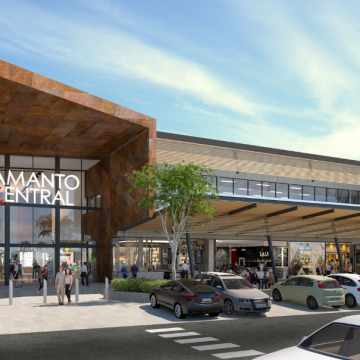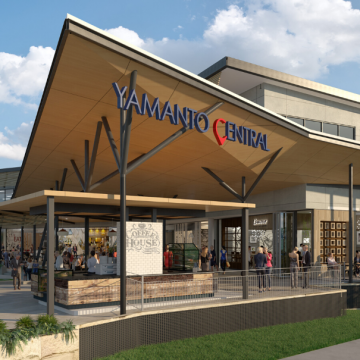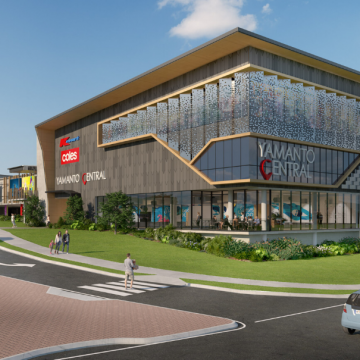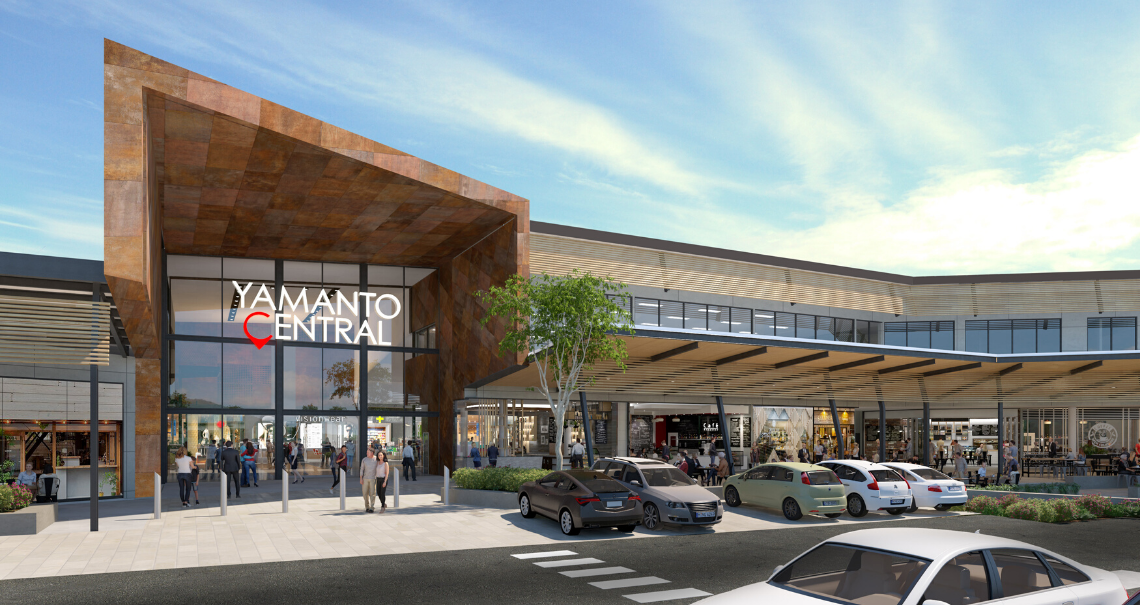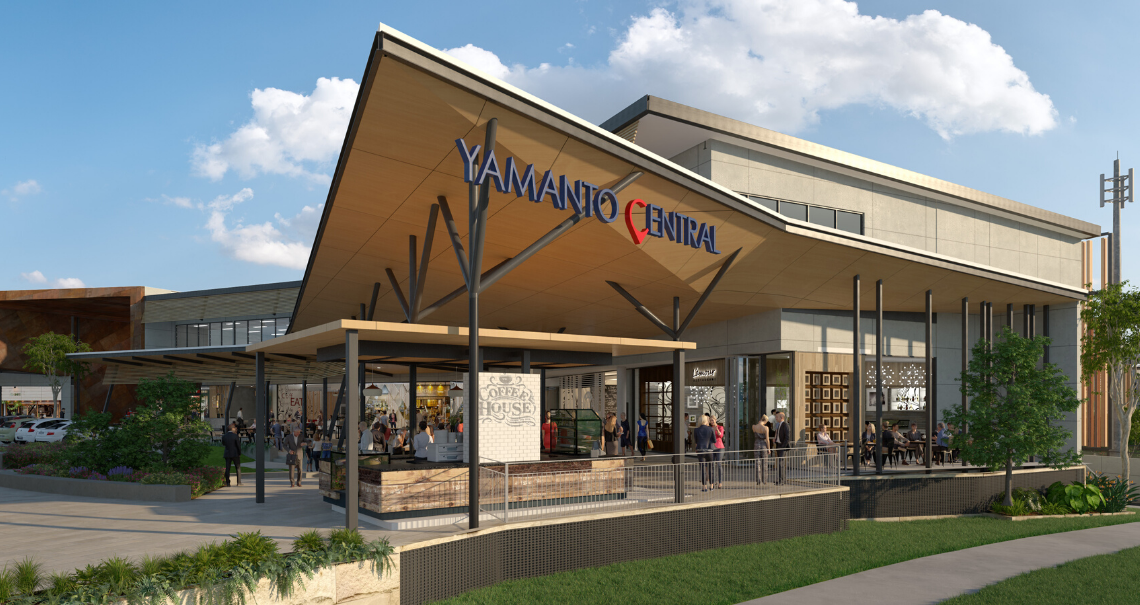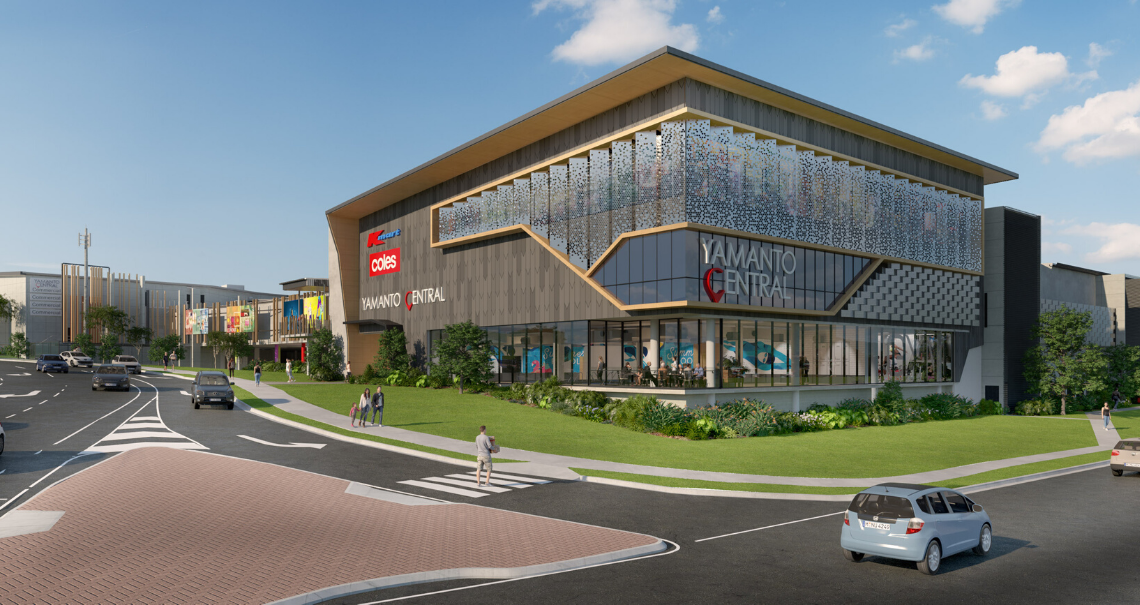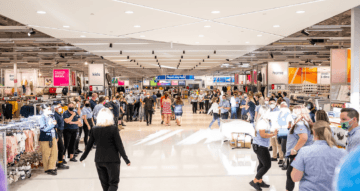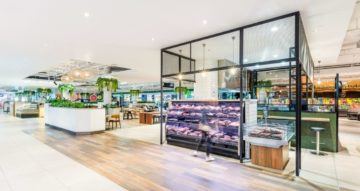Once characterised by back street shopping strips with a newsagent, a mixed grocery store and perhaps a takeaway shop, community-based retailing is today challenging the ‘big end of town’ for the spend of keen foodies and family diners as more Australians dine out than ever before.
According to specialist property development advisors DMA Partners, neighbourhood and sub-regional retail has taken a leaf out of the book of the major players, such as Westfield and Stockland, and are deploying architectural design, dedicated lifestyle amenity and quality dine-in restaurant offerings to draw customers back to suburban centres as the hub of community life
Data from the Australian Government – Food Demand in Australia: trends and issues 2018 Report – confirms the value of the investment in community-based dining precincts with ‘meals out and fast food’ jumping to 34 per cent of total food expenditure by a household in 2015-16 (the latest data available) from 15 per cent in 1988-89.
DMA Partners with developer/owner JMK Retail is seeing this trend translate to tenancy interest in its Yamanto Central project, and in particular, in the architecturally-designed dining precinct, Central Eats.
DMA Partners Managing Director, Ryan Andersen said, “Local centres are tuned in to this societal change and are leveraging off what they already have – great local market awareness, parking convenience and lower overheads – but they’re adding stylish, variety-filled dining precincts which appeal to the local audience and in particular, family diners.”
According to data from the Australian Bureau of Statistics, reported by futurefood.com.au, Australian households spend on average $104.38 each week on both food and beverages consumed on premises.
Mr Andersen said, “This could equate to multiple trips to the café or a meal out with the family on the weekend.
“The trend has been growing year on year and it’s in no small way due to the increased offering and quality of community-based neighbourhood and sub-regional centres.
“The fact is that the evolution of shopping centre food offerings means access to premier culinary experiences is no longer reserved to patrons of supercentres such as Melbourne’s Chadstone or Brisbane’s Chermside.
“We’re currently fielding interest in the dining tenancies from a range of local and national operators who are attracted by the substantial unmet demand for this type of offering in the Yamanto catchment area.”
Mr Andersen said the fundamentals for Yamanto Central made it an easy decision for prospective tenants.
There are already an estimated 44,360 people living within the Yamanto Central primary trade area and growth is forecast at 3.6 per cent per annum which is approximately 50 per cent above the national average.
The median household income in the trade area is 12 per cent above the Queensland average and 23 per cent above Ipswich.
“Combine this level of demand with the purposeful design of Yamanto Central and Central Eats and it’s easy to see the potential”, Mr Andersen said.
“World class architects Buchan have drawn on experience from around Australia and around the world in places like Shanghai, Chengdu and Istanbul and created a sense of place which is both new and exciting but also local and authentic.
“Dining in or near a retail centre is no longer simply about grabbing a bite to eat,” he said.
“It’s all about the experience. Can I park easily? Are there a range of choices on offer, not only of food variety but also in terms of restaurant style and location – alfresco, eat-at-the-bar, a la carte?”
Mr Andersen said, “When you add this consumption growth to the key decision drivers of accessibility, proximity and awareness, it’s not hard to see why sub-regional community shopping and dining hubs are really coming in to their own.”
Read more:
Food demand in Australia (Nov 2018)
Food in focus, Future Food (Nov 2018)
About Yamanto Central
- Yamanto is 35km from inner-city Brisbane and 5km south of the Ipswich CBD
- There are already an estimated 44,360 people living within the Yamanto Central primary trade area, the result of an annual growth rate of 2.5 per cent since June 2006.
- Yamanto Central Median Household Income (3km Radius of Centre – $1571/wk) is 12 per cent higher than QLD Average ($1402/wk) and 23 per cent higher than the Ipswich SED ($1278/wk) – Source GapMaps and ABS 2016 Census Data.
- The primary trade area is projected to grow to around 63,000 people over the next 10 years, reflecting an annual growth rate of 3.6 per cent – approximately 50 per cent higher than the national average.
- Almost two thirds of this population growth will occur in the primary trade area, within a five-minute drive from Yamanto Central. This includes RAAF Base Amberley which already contains approximately 7,000 servicemen and women, contributing to a significantly higher average household income compared to the wider Ipswich area. Further growth in this military community is expected.
- In a further boost to Ipswich’s Defence industry, a $5 billion heavy army vehicle manufacturing contract has also recently been awarded to Ipswich, which will create thousands of new jobs for the wider Ipswich region.
- The current overall annual population growth rate is 4.59 per cent.
- For leasing Yamanto Central leasing enquiries contact Ewen Burg, DMA Partners: 0415 339 103
Find out more about Yamanto Central Shopping Centre via website, facebook or instagram.


